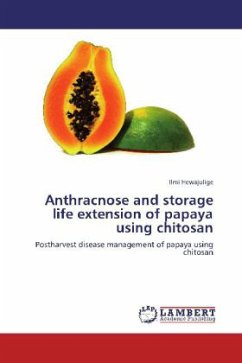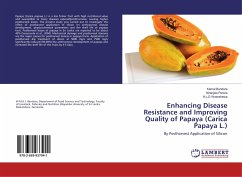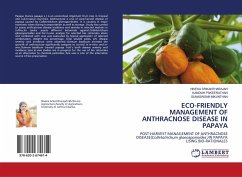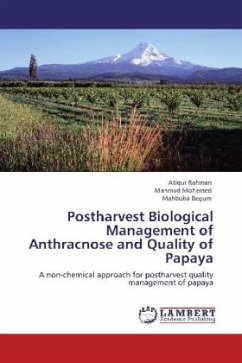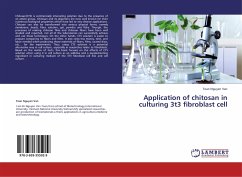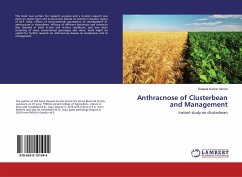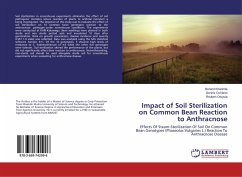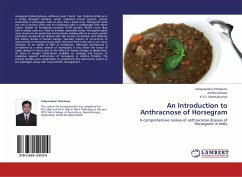Antifungal activity of chitosan extracted from locally available prawn waste was tested against the anthracnose disease causing organism, Colletotrichum gloeosporioides of papaya var. Rathna. One percent chitosan was selected - from the range of 0.1 to 3 % concentrations tested - as an effective concentration to inhibit germination and radial mycelial growth of the fungus via a series of in vitro and in vivo experiments. Incidence and severity of the disease was significantly reduced to 30% while maintaining the overall quality when papaya was subjected to 1% chitosan dip treatment prior to storage at 13.5º C and 95% relative humidity for 2 weeks. Chitosan forms a semi permeable coating around the fruit and thereby reduce the rate of respiration and increase the carbon dioxide concentration in the internal cavity of the fruit without affecting the organoleptic properties of the fruit. Chitinase and , 1-3, glucanase activities significantly increased with chitosan treatment suggesting stimulation of production of PR proteins. Overall quality of chitosan treated papaya was significantly higher compared to other recommended postharvest treatments such as waxing, hot water and salicyl

